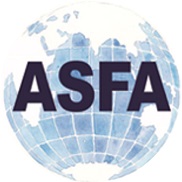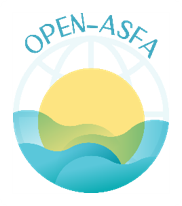Demography and social structure of resident population of bottlenose dolphin Tursiops truncatus (Montagu, 1821) in Tunisian North-eastern coasts
DOI:
https://doi.org/10.71754/instm.bulletin.v47.406Keywords:
Vulnerable species, Marine mammals, Demography, Population, Groups, Structures, Marine, Tursiops truncatusAbstract
The study of demographic parameters and social structure of vulnerable marine mammal populations is critical to assess their ecology and take conservation measures. In Tunisia, Data of bottlenose dolphin (Tursiops truncatus, Montagu 1821) social structure is lacking. This study describes group organization and social affiliation of these species. Surveys were assessed from 2017 to 2018 in the Tunisian North-eastern coasts. A total of 221.5 survey hours resulted from 79 surveys which only 35 surveys are on contact with 45 identified dolphins. Bottlenose dolphins were observed in all seasons. Seasonality was evident, with more encounters during the summer and fall. Groups encountered can include adults and immatures. Group size depend on group composition: groups with immature dolphins and groups formed only by adults were significantly different (Kruskal–Wallis test, p < 0.001). Encountered individuals are living in a fission-fusion society in which companionships are frequently change temporal analyses justify this observation with “casual acquaintance” as the best-fit model. The variability of social affiliations seems to be related to changes in groups composition and especially to the presence of immatures. Similarly, these affiliations seem to be dependent on the availability of prey or the presence of purse seiners in the bottlenose dolphin distribution area












